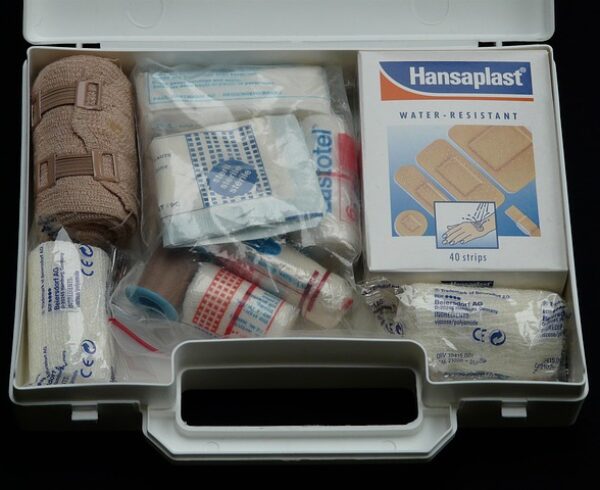Medicare annual wellness visits
For Medicare beneficiaries, it is very important to stay vigilant with their health care. Medicare annual wellness visits (AWV) are an essential tool to maintain good health. Unfortunately, many beneficiaries are unaware of how significant this is and what it entails. In this post, we discuss the importance of wellness visits and their benefits.
Understanding Medicare Annual Wellness Visits
Medicare Annual Wellness Visits (AWVs) are preventive care appointments. These appointments help assess and maintain the overall health of Medicare beneficiaries. Unlike traditional annual physical exams, AWVs focus on preventive care planning, risk assessment, and health promotion. The purpose of these appointments in not to diagnose or treat existing conditions. Please note; anyone who has has Medicare Part B for over 12 months, is eligible for an annual wellness visit. It is important to understand; these visits are not a physical exam.
There is not cost for the visit as long as the provider accepts Medicare assignment and the Medicare Part B deductible does not apply. Although, if your provider preforms additional test, you may have to pay the Part B deductible as well as co-insurance. In the event these services are not cover under the preventative visit.
Why are annual wellness visits so important
- Prevention Over Cure: When providers use this approach, they prioritize preventive care, to detect potential health risks early on. This helps prevent them from escalating into serious conditions. By identifying risk factors and developing personalized prevention plans, beneficiaries can take proactive steps towards better health outcomes.
- Comprehensive Health Assessment: AWVs provide beneficiaries with a comprehensive overview of their current health status. By taking a holistic approach that includes screenings for cognitive impairment, depression, and functional ability, all aspects of health are addressed and monitored.
- Establishing a Baseline: Regular AWVs enable healthcare providers to establish a baseline of a beneficiary‘s health status. This facilitates better care management and early detection of changes in health in subsequent visits.
- Patient-Centered Care: ensures patient-provider communication is a priority. This fosters open dialogue about health concerns, lifestyle factors, and goals. This collaborative approach allows beneficiaries to actively participate in their healthcare decisions and take steps toward good health.
- Cost-Effective Care: Preventive care, as emphasized in AWVs, is proven to be more cost-effective in the long run compared to treating advanced diseases. Medicare can reduce healthcare costs by investing in preventive measures to avoid chronic conditions.
Watch a YouTube video on the changes to Medicare Part D coverage
Components of an annual wellness visit
- Health Risk Assessment: Beneficiaries undergo a thorough assessment of their medical history, current health status, and risk factors for chronic diseases.
- Personalized Prevention Plan: Based on the health risk assessment, healthcare providers develop a personalized prevention plan that fits the individual’s needs and goals. This may include recommendations for screenings, vaccinations, lifestyle modifications, and community resources.
- Health Education: AWVs offer an opportunity for beneficiaries to receive education on various health topics. This helps them make informed decisions about their well-being.
- Review of Medications: Healthcare providers review the beneficiary’s current medications to verify they are safe, effective, and appropriate for their needs.
- Referrals and follow-up visits: If necessary, healthcare providers refer beneficiaries to specialists or other healthcare services for further evaluation or treatment. Follow-up appointments are scheduled, when needed, to check progress and adjust the plan accordingly.
To sum it up
Medicare annual wellness visits are an important tool for the promotion of good health and well-being of Medicare beneficiaries. When we prioritize preventive care, health assessments, and patient-centered approaches, beneficiaries have the information they need to be proactive in their healthcare and wellbeing.














Leave a Comment